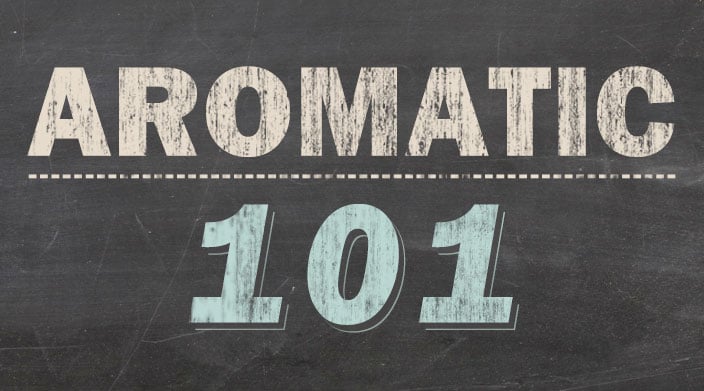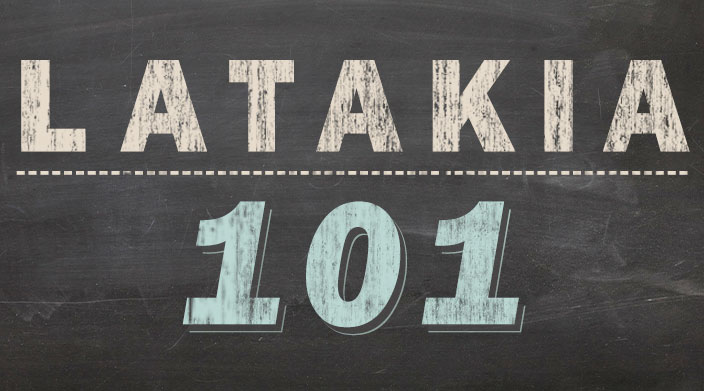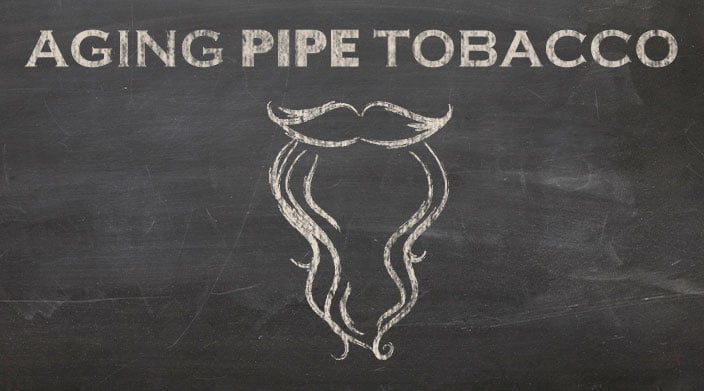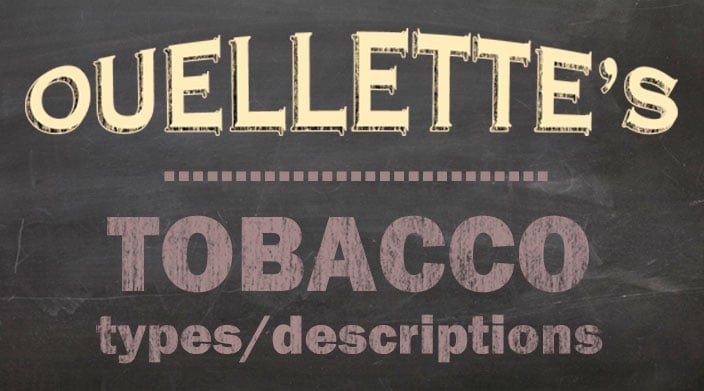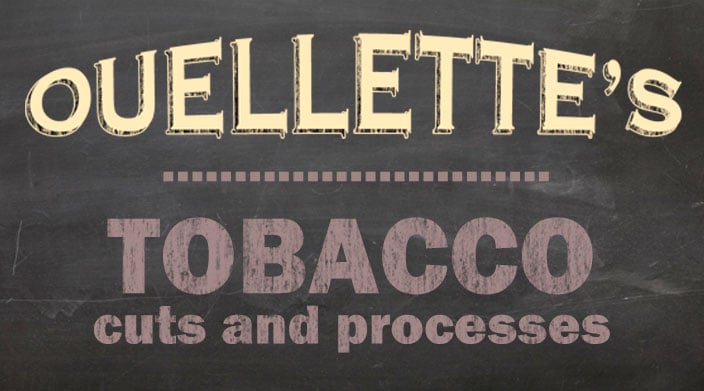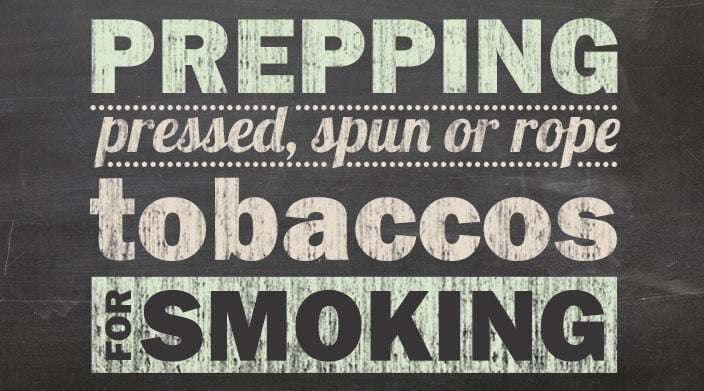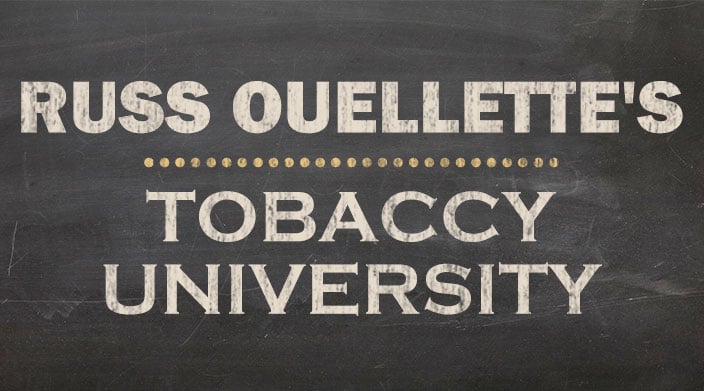How do blenders come up with these terrific concoctions that are so subtly different from each other? One of the most interesting parts of pipe smoking is in understanding what goes into making a successful mixture, but there's more to it than just what tastes or smells good. When coming up with a new pipe tobacco, the blender has to take into consideration: flavor, room note (aroma), burning characteristics, and finish (aftertaste). In addition, knowledge of the different types of tobaccos and what makes them unique is necessary. Taking a look at each of the above categories, here are some of the things that a blender must think about.
- Flavor- This is accomplished by knowing the tendencies of various tobaccos (i.e. - Virginias tend to be spicy and/or sweet, Burleys are nutty and mellow) or the casings (flavoring agents like vanilla) used. I'll get into the characteristics of each of the major tobaccos in a future column.
- Room note- Natural tobaccos have distinctive scents, and certain combinations can be very interesting. For example, Xanthia has a light sweetness to the aroma, but when combined with Latakia (which has a campfire-like smokiness), it develops into an incense type of fragrance. In aromatics, room note is achieved through the use of top dressings (flavoring agents added usually at the end of processing) which are more for aroma than flavor. These top dressings can be virtually anything, but fruit, nut, and spice scents are quite common.
- Burning characteristics- A few factors will affect the burn of a blend: type of tobacco, cut of the tobacco, and moisture content. For example, Virginias tend to burn a little hotter than most tobaccos because of higher sugar content, and Burleys burn cooler due to lower sugar levels. Large, rough cuts or flakes (tobacco pressed together, sliced, and broken into pieces) will burn slower and cooler, thin ribbon or shag cuts will burn faster and hotter, but the burn can be slowed down by spraying with a little distilled water, or increased by drying out.
- Finish- This refers to the taste left in your mouth after you are done smoking. The only way to know how to adjust this is by knowing how tobaccos and flavorings work together. Virginias tend to dry the mouth and leave a thin taste, whereas some Turkish or Oriental tobaccos can leave fresh, clean, or musty lingerings. As I said earlier, I'll get into this a little more in future writings.
That's all for this time around, but if you have any specific questions I can help you with, please feel free to give a call (800-494-9144) or email me, and I will do the best I can to work with you to solve problems or get some answers. In the meantime, load up a bowl, get your favorite beverage, settle into your chair with a good book and some music and watch the snow fall.



